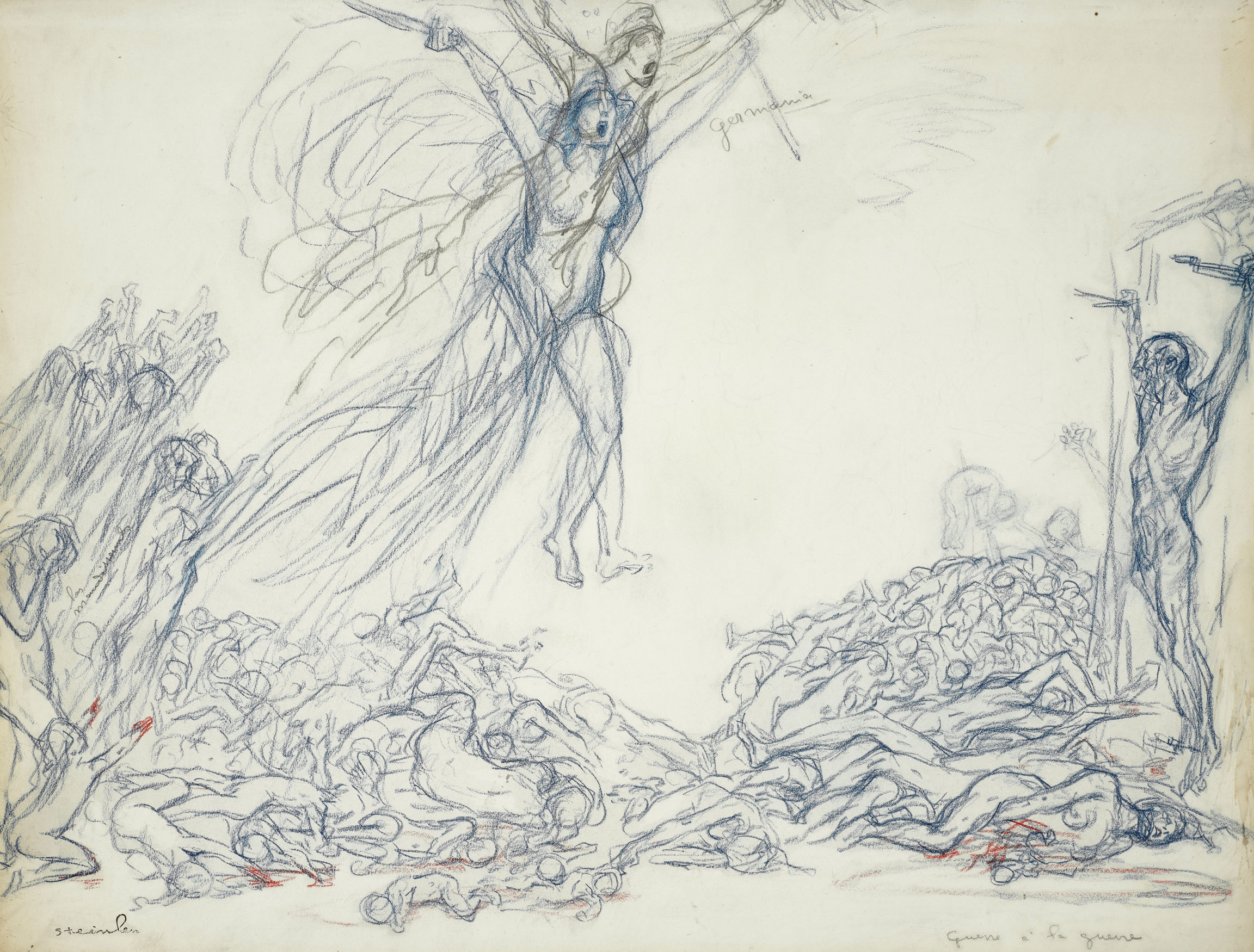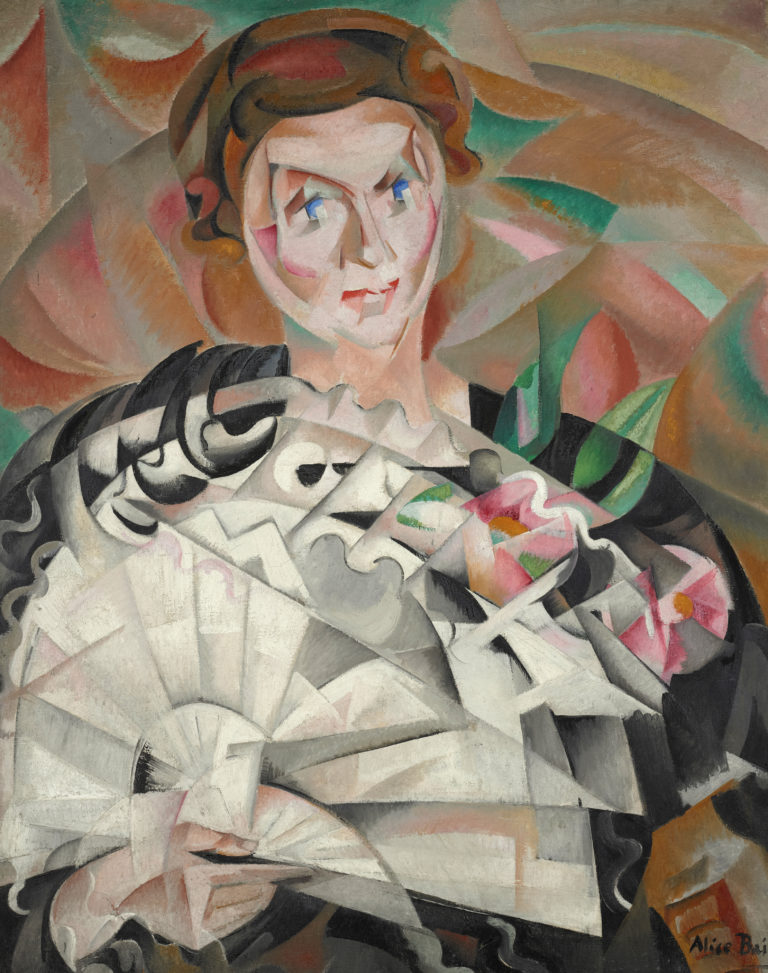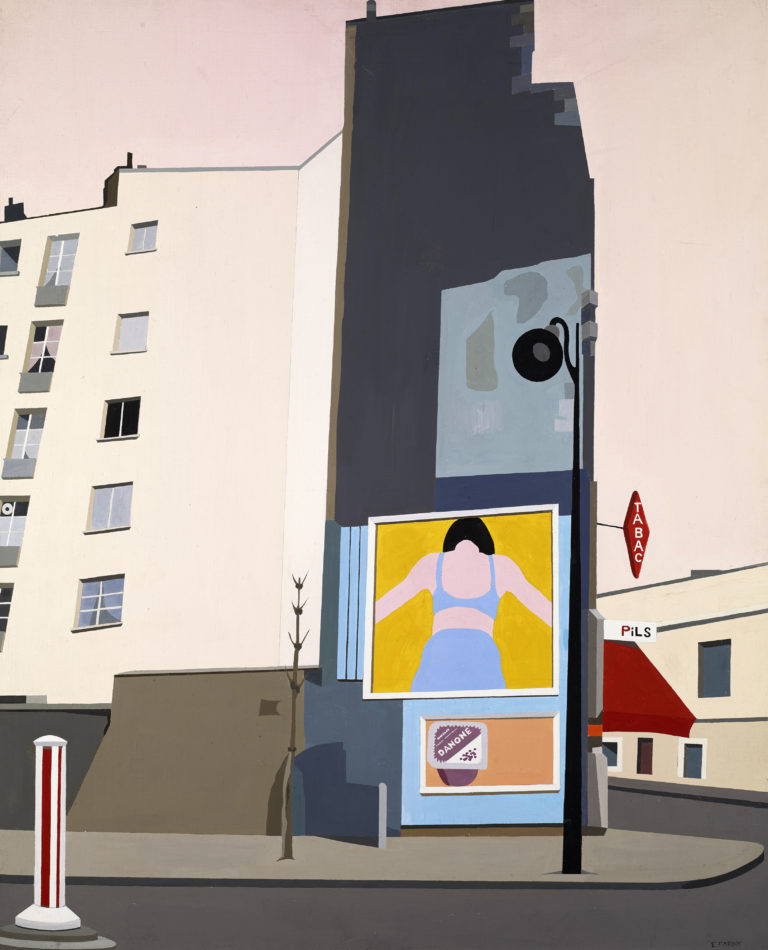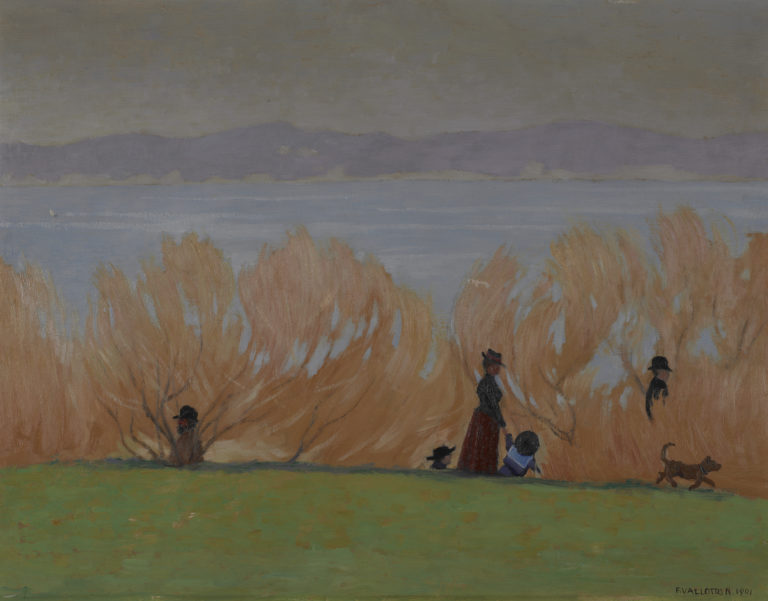Exposé actuellement
The CollectionBibliography
Philippe Kaenel, in collaboration with Catherine Lepdor, Théophile-Alexandre Steinlen, l’œil de la rue, exh. cat. Lausanne, Musée cantonal des Beaux-Arts, Ixelles, Musée communal d’Ixelles, Milan, 5 Continents Editions, 2008: n. 226.
Jacques Christophe, Théophile-Alexandre Steinlen. L’œuvre de guerre (œuvre graphique de 1914 à 1920), Lyon, Aléas, 1999, 2 vol.




This drawing poignantly reworks two pieces of art that were a lifelong inspiration for Steinlen: the painting La Liberté guidant le peuple (Liberty Leading the People) by Eugène Delacroix (1830, Paris, Musée du Louvre) and the sculpture La Marseillaise by François Rude (1833–6, Paris, Arc de Triomphe). The two masterpieces of French Romanticism depict armed female allegories wearing Phrygian caps and leading the people to victory. Starting in the late 1890s, the two works inspired Steinlen to develop an iconographic repertoire of men and women struggling against capitalism.
Steinlen’s deep-rooted anti-militarism was sorely tested by the outbreak of the First World War. He supported the troops and, after the atrocities committed during the invasions of Belgium and Serbia, developed an anti-German streak that was widely shared at the time. The woman leading the people to freedom in his works took on a new guise. In his 1915 etching La Marseillaise, she flies over Paris, guiding the crowds who are invading the streets, which are filled with fluttering flags. In the 1916 lithograph La Poilue, she is a threatening nude, her hair streaming in the wind, embodying resistance against invading forces.
In Guerre à la guerre, Steinlen returns to his radical pacifism. The aim is no longer to defeat the Germans, but to fight war itself, in which, as he wrote in 1916, ‘millions of men … die like miserable beasts’. Here, he depicts the victims of war as a heap of corpses, including children, disembowelled bodies, and a man crucified on a door. On the left, women plead with the Liberator, now transformed into Germania, to put an end to the dreadful crimes against the civilian population. Steinlen made numerous changes to the figure of the allegory, the virulence of his drawing rivalling Goya’s series of etchings Loa desastres de la guerra (Disasters of War, 1810–5).